News & Stories
Xiaomi Mi 10 Pro Review & Specs: New Experience with 100 million Pixels
I think Xiaomi should have worked hard for this conference. No one is better than heaven, and no one expected that it will be so difficult in the beginning of 2020.
Speaking of the Xiaomi 10 series, not only Xiaomi’s tenth-generation digital flagship, but also how Xiaomi has come through this decade. People always have a certain preference for the number “10”. This is the first number that jumps from single digits to double digits. It also contains the perfect meaning of “perfect and perfect” and can be taken out at this time. It is conceivable that there must be some breakthroughs in the product.
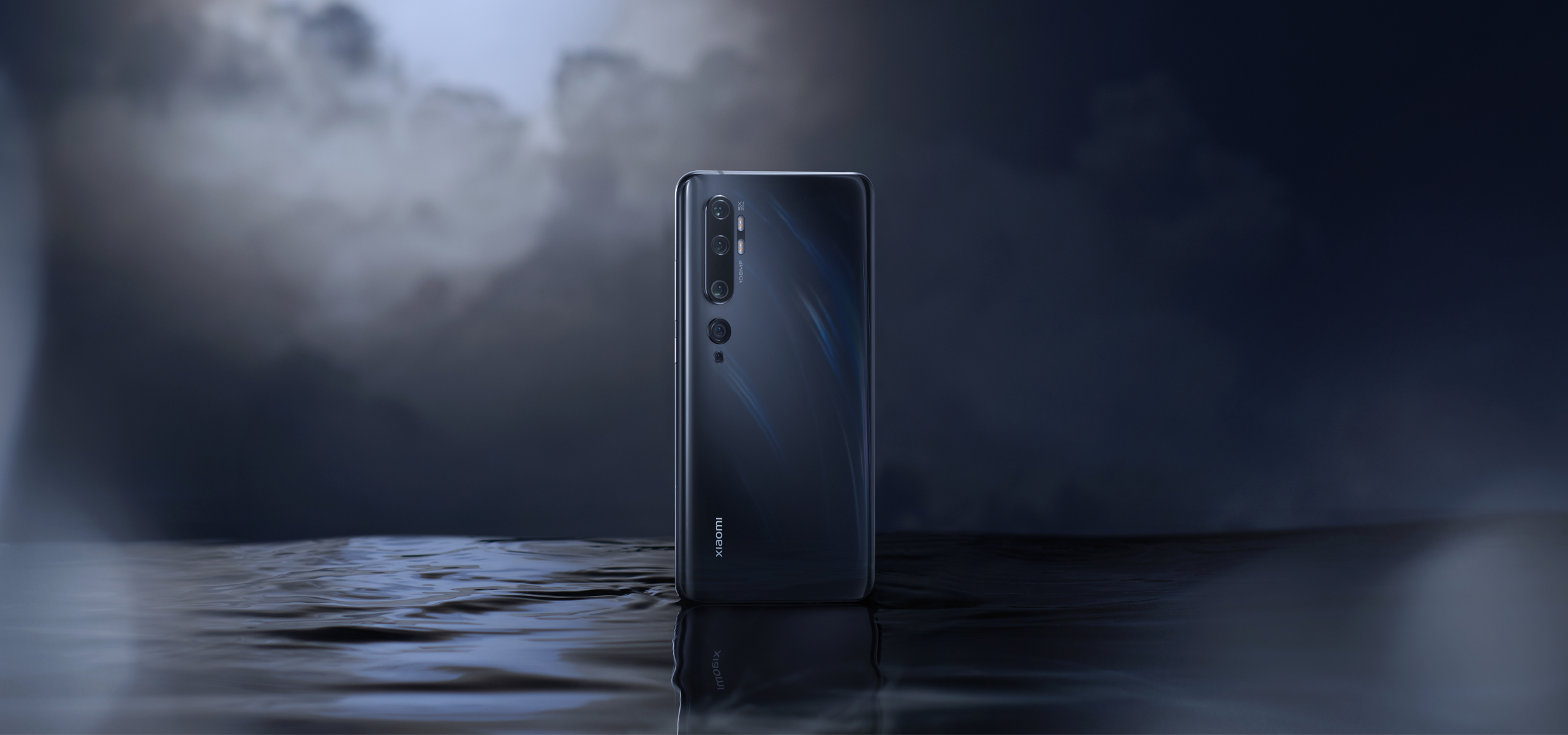
The Xiaomi 10 series may be the most bucket-generating generation of the Xiaomi Digital Series, and the Xiaomi 10 Pro may be the model that Xiaomi has piled up the most in its history.
Sandwich biscuits with curved screen and curved glass
Like the previous exposure, Xiaomi Mi 10 Pro uses a hyperboloid screen, and the back is a four-curved AG frosted glass. It feels quite smooth and comfortable to the touch. The whole is not easy to stain fingerprints, of course, there will still be a little trace, and it will be slightly conspicuous under this blue panel.
In terms of feel, I don’t know if Xiaomi 10 Pro should be called a “familiar stranger”. This design has not only been popular for a while last year, but even Xiaomi has done it. There are certain expectations.
To be honest, the feel brought by the hyperboloid design is very similar. It is a bit like a sandwich biscuit that wraps the components inside along the rounded edge. All of this is to reduce the thickness of the body, so that it is an internal stack and a large camera sensor Free up space, these are familiar experiences, only the single speaker opening on the top seems a little strange.

Here I want to focus on Xiaomi’s dual speakers. Dual speakers are not a rare thing. Many of the flagship products I have have dual speaker functions, but there are also big differences. For example, most models use the sound of the earpiece to act as the top speaker. There are also sounds inside the upper part of the fuselage like Samsung Note10 +.
Xiaomi Mi 10 Pro has a speaker with the same specifications as the bottom plugged directly into the top, which keeps the balance between the sound size and quality of the dual speakers to the greatest extent. I have compared it myself. Most of the mobile phones at hand can close the eyes and feel the difference between the sound of the earpiece and the bottom speaker. Xiaomi Mi 10 Pro really depends.
In addition, the sound quality is also very good. Maybe it is the reason why the stereo is more balanced. The creation of a sense of space is the best I have experienced recently. Although I am still accustomed to speakers with better sound quality or better privacy headphones, the better quality of the amplifier is still a very exciting point.
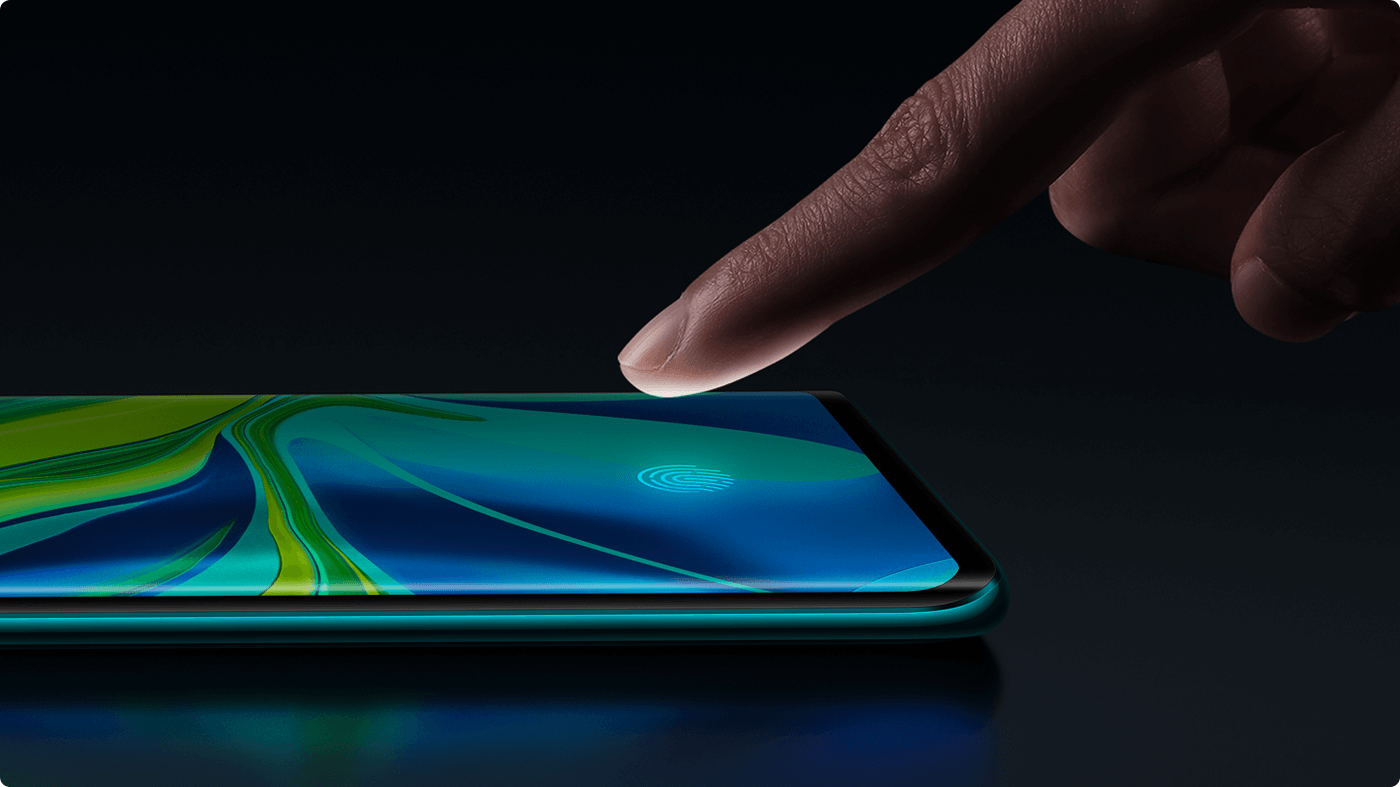
The horizontal linear motor is one of the new highlights of the Xiaomi 9 Pro last year. It is also logically inherited on the Xiaomi 10 Pro, but the horizontal linear motor of the Xiaomi 10 Pro has been replaced by a long strip instead of that on the Xiaomi 9 Pro Square motors.
From the calibration, it is also more mature than that of the Xiaomi 9 Pro. For example, there will be two vibrations when unlocking the fingerprint, and one vibration at the beginning of recognition. The vibration will be vibrated once and twice when unlocking is successful. Vibration is different from weak to strong, but it creates a gradual process from recognition to unlocking through changes in vibration intensity.
No 2K resolution and 120Hz, but both brightness and color accuracy are pleasant surprises
When the Xiaomi Mi 9 Pro 5G was released last year, the concept of “primary color screen” was launched, that is, toning and calibration of each screen independently, to minimize the individual differences of the screen to achieve a uniform color display. The concept of this primary color screen also extends to the Xiaomi Mi 10 Pro, and goes a step further in the standard.

In terms of color tuning, the official standards of JNCD <0.55 and ΔE <1.1 may be the phones with the highest absolute color standard requirements on the market. Of course, this primary color display needs to be switched in color style. From a personal perspective, I think adaptive and warm color temperature is good. The primary color display is still left to professional users such as designers. I generally do n’t use it.
In terms of personal experience, the biggest improvement on the Xiaomi 10 Pro screen comes from the brightness. After using the E3 luminescent material, the excited brightness of the Xiaomi 10 Pro reaches 800 nits and the peak brightness reaches 1200 nits. Although the sunlight in winter is not too intense, But it must be a good thing to still maintain a bright look in direct sunlight.

It is worth mentioning that, perhaps due to the significant increase in brightness brought by the E3 luminescent material, it seems to have directly affected the original rough automatic brightness adjustment of the Android mobile phone camp. Xiaomi Mi 10 Pro enhanced the automatic brightness from the original 1024 level to 4096 level, and added a light sensor next to the infrared sensor on the back of the fuselage.
We may all have encountered such a scenario. When the phone is facing away from the light, such as the TV is playing in front, and then there are light sources such as a table lamp, sometimes the phone may not be able to cope with the complex light environment and the screen is too dark or too bright. Case. The solution is that the algorithm for automatic brightness adjustment is very well written, like the iPhone and Pixel, and adding a light sensor behind it is a typical hardware solution of Xiaomi.
From the actual experience, I can really feel that I will manually adjust the brightness bar less than before, but it is a little less than the “just right” iPhone, and generally a little less brightness, so I feel the subsequent algorithm Can be slightly more aggressive.
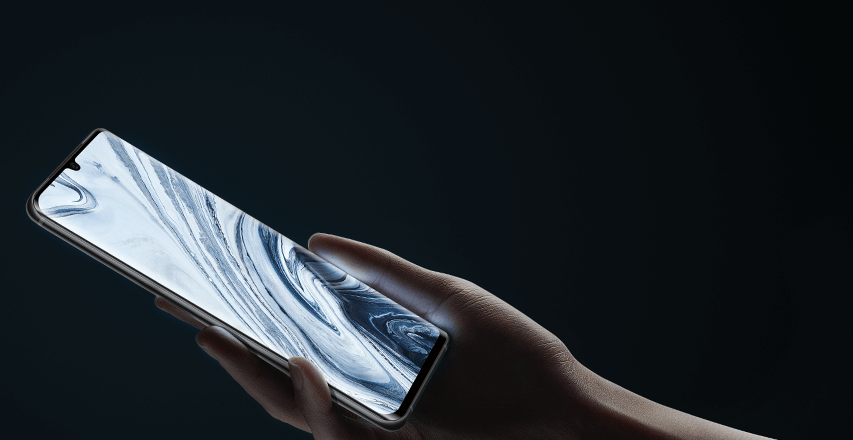
The screen size of the Xiaomi 10 Pro is a 6.67-inch digging hyperboloid screen. It may be because it is known that the curved screen is not good at filming. It’s a pity that the specifications of the screen have not been stacked to the highest specifications on the market. Xiaomi Mi 10 Pro uses a 2340 × 1080 resolution, 90Hz Samsung AMOLED screen, no 2K resolution and no 120Hz. Sorry place.
Compared with the hidden features, some explicit specifications are not only easier to cooperate with marketing, but also have immediate effects. For example, the effect brought by 2K screen + high refresh rate is immediately visible to the naked eye, but the higher specifications Color accuracy performance requires several generations of products to accumulate word-of-mouth, and at the same time requires professional institutions to carry out auxiliary demonstrations, which is a gradual process.
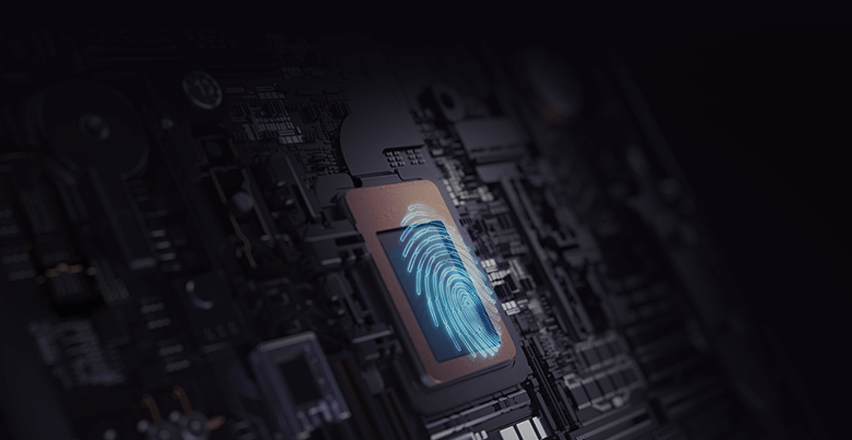
After several “iterative battles”, the screen fingerprint competition finally seems to be able to breathe a sigh in 2020. Although Xiaomi did not mention the fingerprint part of the screen this time, it still uses ultra-thin optical fingerprints. Xiaomi has also updated an on-screen fingerprint unlock animation, which is very smooth with a good vibration effect experience.
Recalling the performance of the original fingerprint on the screen of Xiaomi Mi 8 Explorer Edition, now I can even blindly interpret the latest fingerprint on the screen.
This year’s flagship comes standard with Snapdragon 865 and LPDDR5
Snapdragon 865 is arguably the least suspicious part of this phone, and perhaps the most boring part.
Even so, we can’t escape the discussion of SoC and performance. Its importance is still there, but it is gradually diluted by more features. It’s like a healthy person needs a healthy heart. You may like all aspects of a person’s appearance, body, family history, etc., but these are built on a healthy body, and because of the SoC performance You have also seen the “little horse cart” caused by the shortage.
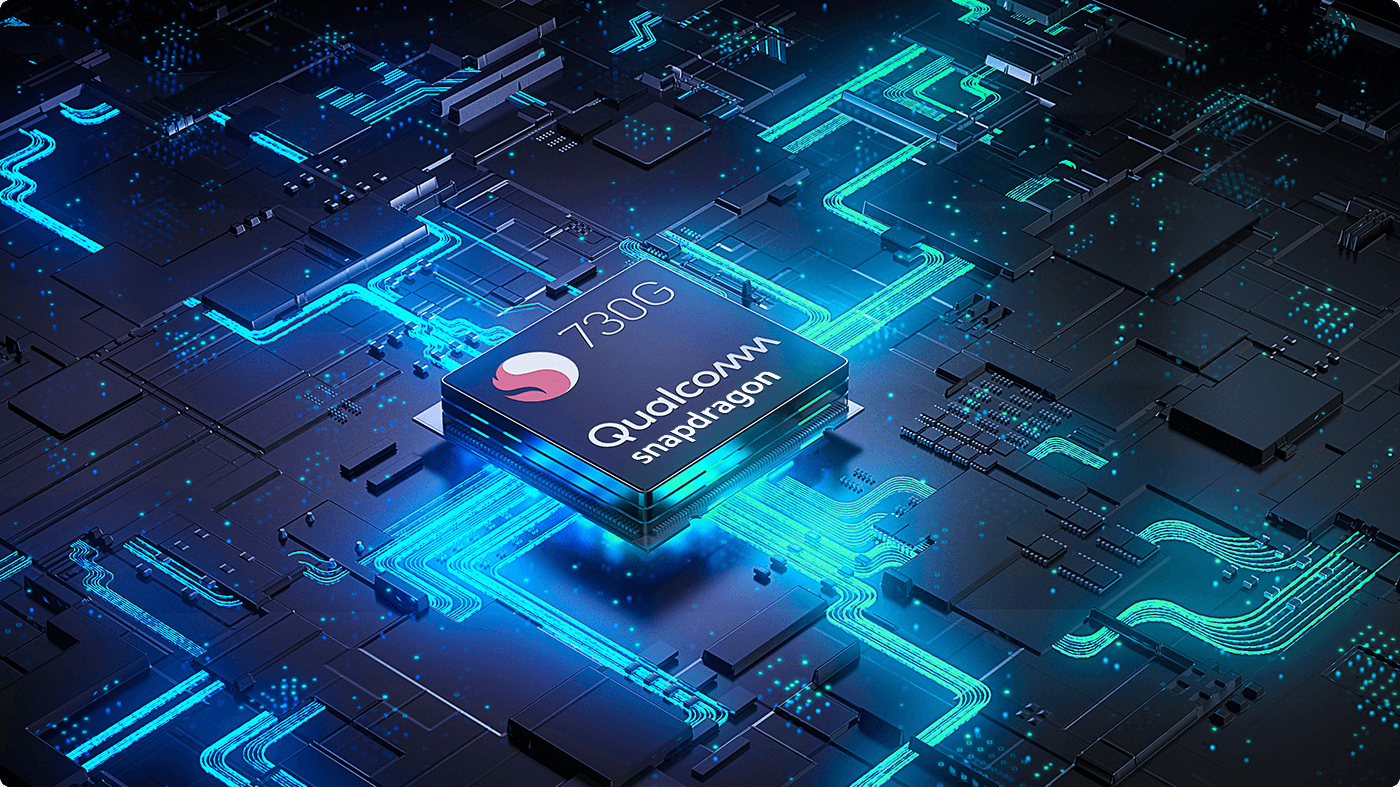
Considering that this is the first model to adopt the Snapdragon 865, here is a review of some basic specifications of the Snapdragon 865. The first is that the CPU architecture is upgraded to the new Kryo 585 architecture, but it is essentially the Cortex-A77 architecture of ARM. Compared with last year’s Snapdragon 855, it has a 25% performance improvement and a 25% power consumption reduction.
The GPU is upgraded to Adreno 650, or the 6 series shows that there are no fundamental changes in the architecture. The overall improvement is a small improvement, which increases the scale and frequency and introduces some new features, such as introducing end-game level for developers. Light source and post-processing features, the new Game Color Plus feature can bring better HDR effects. Overall performance is also increased by 25%, while power consumption is reduced by 35%.
The Mi 10 series also debuted the LPDDR5 memory produced by Micron, with a speed of 5500 Mbps. According to Xiaomi, the performance can be improved by up to 50%, but the number is finally a number. It does n’t have any practical significance in isolation. It is obvious that the overall configuration will be faster with LPDDR5. In addition, the Xiaomi Mi 10 series also comes with UFS 3.0 flash memory as standard.

Because the system is still in beta, it does not represent final performance. Here I ran GeekBench 5, 3DMark and AnTuTu three representative running software as a basic reference.
Xiaomi Mi 10 Pro is also a 5G mobile phone, supporting SA + NSA dual-module network, and also supporting multiple frequency bands n1, n3, n41, n78 and n79. The Xiaomi 10 series also added support for Wi-Fi 6, which can perfectly support the Wi-Fi 6 router released at the conference.
100 million pixel output is finally no longer waiting
The camera part of the Xiaomi 10 Pro is also worth mentioning. It basically uses the same configuration as the Xiaomi CC9 Pro, removing the previous independent macro lens and replacing it with a super wide-angle macro.
Specifically: 100-megapixel main camera lens + 20-megapixel ultra-wide-angle lens + 12-megapixel double portrait lens + 5-megapixel equivalent five-time optical variable lens. The front camera is 20 million pixels.
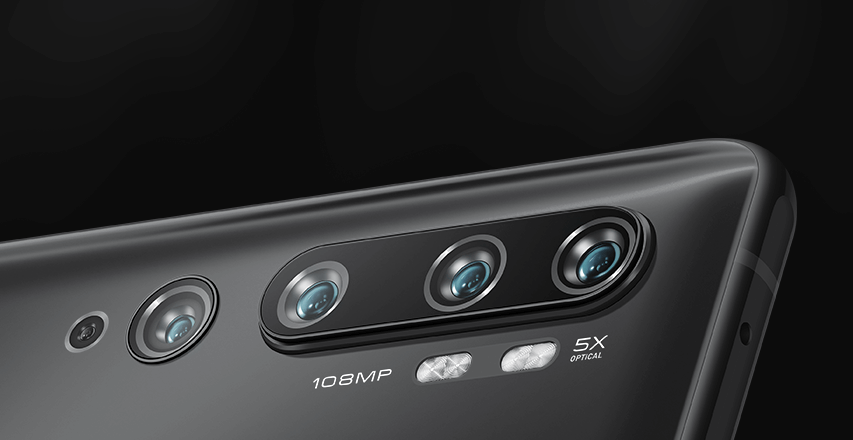
After a few months of experience, the industry has basically reached a consensus on Samsung’s 100 million pixel CMOS. There is no problem in terms of picture quality. It is the top level performance on the market, but it appears on the experience models. In addition, the generation time is too long, and the phenomenon of multi-camera switching is easy to freeze. After replacing the new Snapdragon 865 flagship processor and ISP, the throughput performance is no longer the bottleneck of 100 million pixels.
The actual performance is that in the 108mp full-size output straight-out mode, the background processing time of the photo has been greatly reduced compared to the previous one. I personally feel that it has been shortened to about a quarter. The processing time of more than one second is completely acceptable. The shortcomings in the photo experience were finally made up.
This time, Xiaomi also advertised on the social network that it can shoot 8K videos. Xiaomi 10 Pro can indeed shoot 8K videos, but there are some subtleties. After turning on this function, you can see in the upper left corner that “AI 8K” is written. The staff told me that Xiaomi 10 Pro natively supports 6K video recording, and then calculates to 8K through AI.
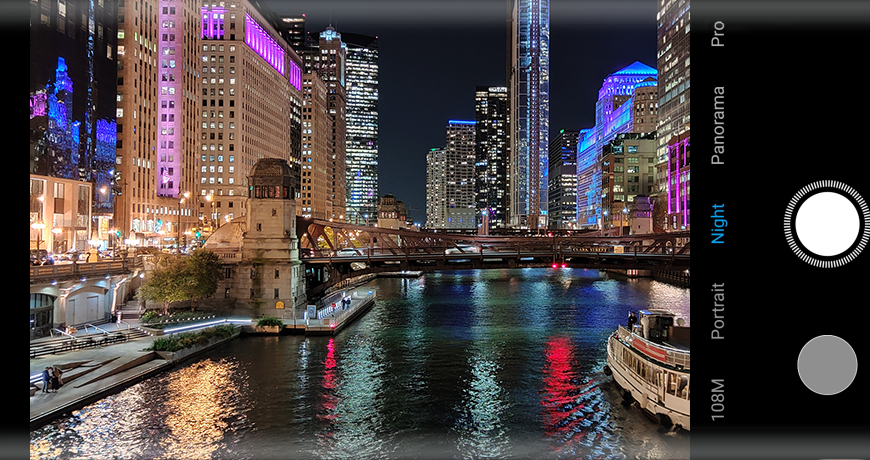
However, 8K is just an unrealistic number for many people. At present, it is not practical, and it can only record for 6 minutes in a row. The limit is very large, and it is still early adopters.
The Xiaomi Mi 10 series also supports the HEIF format. This format has been used for a long time in the iPhone, and Samsung also supports it. The feature is more efficient compression, which can reduce the volume by about 50% compared to JPEG. However, many apps still have problems with the format support, such as wrong orientation, etc., but it is very helpful to alleviate the huge volume of 100 million pixels full-size photos.
Personally, in terms of night scenes, the effect of the 4-in-1 mode under non-limit brightness is also very good. The HDR effect of super night scenes will be better, but the overall brightness has not widened the gap.
Due to the bad weather, the recent limited range of activities, and the system in a beta version, the proofs only have a certain reference significance. If there is an opportunity, I will take more proofs and share them on Aifaner ’s official Weibo.
Xiaomi Mi 10 Pro is not equipped with a 66W fast charge as the first exposure, the actual exact power is 50W, but a charging head labeled 65W is included with it, and the highest grade of the small print at the back reaches 11V 6A, which is 66W. From my personal point of view, Xiaomi may initially consider to allow Xiaomi 10 Pro to support higher power fast charging, but in the end, it may be a more stable 50W after measuring the power loss and temperature, which is also the current single in mobile phones. The highest charging power achieved by the cell design.
Just like before, this fast charging head is still equipped with a USB-A interface, but after Xiaomi’s magic change, in addition to supporting Xiaomi’s fast charging protocol, it also supports the PD protocol. The 65W power can also be very well adapted to support PD. Charging notebook.

In actual tests, Xiaomi 10 Pro took 48 minutes from 0% to 100%, which is almost the same as the official time. In fact, I originally expected Xiaomi Mi 10 Pro to reduce the charging time to less than 40 minutes. If you can use the highest-grade 66W of the charging head, it should be promising. In terms of battery life, I feel that the current test version is a bit fast in standby power down, and I hope to optimize it later.
This may be the new starting point for Xiaomi’s digital flagship
After experiencing Xiaomi’s experience with Xiaomi Mi 10 Pro, I have a general outline of how I feel about this phone. Except for not stacking the screen resolutions to 2K, from other configurations, I didn’t feel that it was worthy of my vomiting. Instead, I felt it fit my usage habits.
But again, the flash point of this phone also needs to slowly feel the excavation. Perhaps 100 million pixels is still a point worth digging deeper, but after integrating all the long boards in the past, I still want Xiaomi 10 Pro can have a self-breaking point, a point that can overpower the heroes and have deep roots.
Times have changed, and Xiaomi ’s digital series has actually changed a lot today. In the past, a flagship SoC could be used as a long board. However, the fierce competition in the Red Sea has developed to this day. There must be no short boards, longer long boards, innovation, and scientific and humanistic thinking.
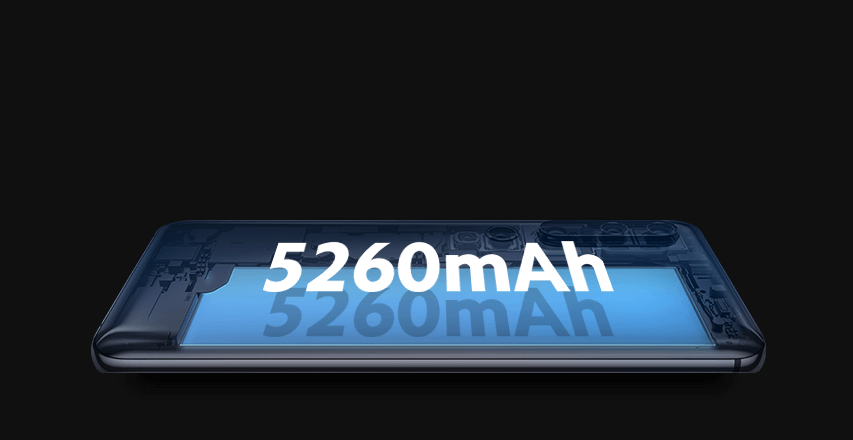
This also forces Xiaomi to gradually supplement the areas where it is not good from the past partial student type players, and from the past, only thinking about the core configuration and cost performance, to think more about “What features do the public like? What features do I need? What features are provided? “If last year was still hesitant and still fighting for it, this year Xiaomi may have become more determined to abandon the original line.
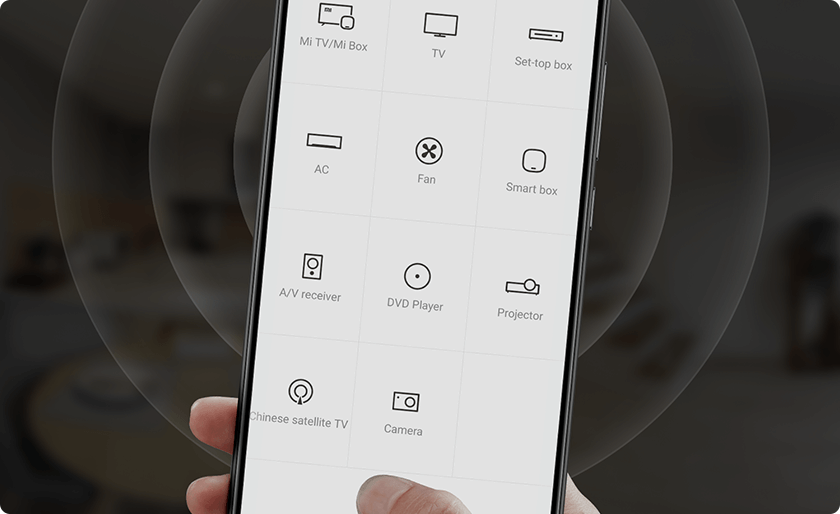
Compared with last year’s Xiaomi 9 and Xiaomi 9 Pro, in fact, the Xiaomi 10 series has taken another big step, and this may be the new starting point of Xiaomi’s digital flagship series.
News & Stories
How to start earning $1 million in 3 months through shopify

“Shopify is better than any other platform we’ve played with, and we’ve played with them all
First you build your shopify store
- Choose an ecommerce platform.
- Add the products you want to sell.
- Create key pages for your store.
- Pick a theme and customize your online store.
- Customize your shipping settings.
- Configure your tax settings.
- Set up your payment gateway and payouts.
- Prepare your store for launch.
1. Choose an ecommerce platform
An ecommerce platform lets you build and start an online store experience, make sales, and fulfill orders. Most people think an ecommerce platform is like a website builder you simply list new products and accept payments online. But they can do so much more than that.
Your ecommerce platform acts as the control center for your entire business, controlling everything from inventory to marketing, giving you all the tools you need to sell online and provide customer support.
Choosing a right product for your business
- Based on supplier reputation. If you choose products from a supplier you know has good quality products, then your customers are more likely to be happy with their purchase. …
- Based on market trends. …
- Based on fulfilling a unique need. …
- Based on a demographic. …
- Based on what you would buy.
Start PPC campaign through social media and google reach millions of buyer for your product and start earning millions of dollars…………
Find Built-In Tools That Help You Create, Execute & Analyze Digital Marketing Campaigns. We Help Reduce the Barriers To Business Ownership To Make Commerce Better For Everyone. Unlimited 24/7 Support for you
News & Stories
How Facebook users make money from Facebook app

The good news? Facebook is rolling out new and exciting ways to make money, largely aimed at entrepreneurs and creators with Facebook followings. Whether you’re looking to make some extra money on the side or find more customers for your existing business, here are six ways you can monetize your Facebook audience in 2022, plus the requirements you’ll need to adhere to in order to do it
#1 Make money through Facebook stars
Facebook Stars is a feature that allows you to monetise your video content, photo posts and text posts. Viewers can buy Stars and send them to you while you’re live or for on-demand videos that have Stars enabled. For every Star you receive, Facebook will pay you USD 0.01.
#2 Facebook Stars Payouts to get money
To receive payouts for Facebook Stars, you must have a payout account set up. This is done during the setup process for stars
Please note that we only send payments when your total balance reaches at least USD 100 or 10,000 Stars. Payouts may be delayed in cases where suspicious or fraudulent activity is detected. International payments may take up to several days to arrive in your bank account, depending on your banking institution’s processes.
Note: For US creators, you will receive your Stars payout after you’ve crossed the minimum balance of USD 25.
#3 Level Up and Stars earnings
Facebook can only pay out Stars earnings in countries where the gaming Level Up programmed is available. You can find the list of eligible countries here. If you submit bank account information outside of these countries, you will not be able to monetized.
4# Payout schedule for creators
Facebook Stars payouts will be issued to your account approximately 21 days after the end of the month in which Stars were received. For example, Stars earnings you receive in June will be paid out in July.
Each month, you can expect to receive:
- An invoice that will include earnings from the previous month’s pay period.
- A payment as long as you made at least USD 100 (USD 25 for US creators) in a given month or from your cumulative months’ earnings. For example, if you make USD 50 in April and USD 80 in May, you’ll be paid in June.
5# More different ways to make money on Facebook
Create videos with in-stream ads
Include ads in your videos.
In-stream ads help you earn money by including short ads before, during or after your videos. We automatically identify natural breaks in your content to place your ads, or you can choose your own placements. Your earnings are determined by things such as number of video views and who the advertisers are.
6# Fans subscriptions
Add a paid subscription to Pages.
Fan subscriptions allow the audience that cares most about your Page to directly fund it through monthly, recurring payments that you set. Identify supporters by the special badge we provide them in comments, and reward them with perks such as exclusive content and discounts.
7# Branded contents
Generate revenue by publishing content that features or is influenced by a business partner. Brands want to work with content creators and their audiences. To make this easier, safer and more impactful for both parties, we created a tool, the Brand Collabs Manager, which enables you to find and connect with each other.
8# Subscriptions groups
Add a paid membership to groups.
Subscription groups empower group admins to sustain themselves through subscriptions, thus enabling them to further invest in their communities
9# Earn money from your live video.
Take your live streams to the next level. Stars help you earn money for connecting with fans during your live videos. Fans can buy and send Stars, a virtual good, in the comments of a live video, and you earn one cent for every Star that you receive. Stars are a fun way for fans to express themselves and show you support in the comments of a video.
10# Check your Facebook Monetization Eligibility
There are a handful of ways to make money from your Facebook content, but first you must be eligible to do so. This means your Facebook page and the content you post on it must abide by the platform’s eligibility requirements, which are grouped into three categories:
- Facebook Community Standards: these are the platform’s foundational rules, such as no graphic or unsafe content
- Partner Monetization Policies: these rules are for your Facebook page as a whole, as well as the content you create, how you share your content, and how you receive and make online payments
- Content Monetization Policies: these are content-level rules that apply for every piece of content you post, such as no violent or profane content
News & Stories
Huawei Mate XS Specifications, Usage, & Prices
Read Huawei Mate XS phone details, prices, specifications, product quick start guide, user guide, and reviews.
| NETWORK | |
|---|---|
| Technology | GSM/HSPA/LTE/5G |
| 2G bands | GSM 850 / 900 / 1800 / 1900 – SIM 1 & SIM 2 |
| 3G bands | HSDPA 800 / 850 / 900 / 1700(AWS) / 1900 / 2100 |
| 4G bands | LTE band 1(2100), 2(1900), 3(1800), 4(1700/2100), 5(850), 6(900), 7(2600), 8(900), 9(1800), 12(700), 17(700), 18(800), 19(800), 20(800), 26(850), 28(700), 32(1500), 34(2000), 38(2600), 39(1900), 40(2300), 41(2500) |
| 5G | 5G band 1(2100), 3(1800), 28(700), 38(2600), 41(2500), 77(3700), 78(3500), 79(4700); SA/NSA |
| Speed | HSPA 42.2/5.76 Mbps, LTE-A Cat21 1400/200 Mbps, 5G (2+ Gbps DL) |
| BODY | Dimensions | Unfolded: 161.3 x 146.2 x 5.4 mm Folded: 161.3 x 78.5 x 11 mm |
|---|---|---|
| Weight | 300 g (10.58 oz) | |
| Build | Plastic front, aluminum back, aluminum frame | |
| SIM | Hybrid Dual SIM (Nano-SIM, dual stand-by) |
| DISPLAY | Type | Foldable OLED capacitive touchscreen, 16M colors |
|---|---|---|
| Size | 8.0 inches, 205.0 cm2 (~86.9% screen-to-body ratio) | |
| Resolution | 2200 x 2480 pixels (~414 ppi density) | |
| Folded cover display: 6.6″, AMOLED, 1148 x 2480 pixels (19.5:9) |
| PLATFORM | OS | Android 10.0; EMUI 10.0 |
|---|---|---|
| Chipset | HiSilicon Kirin 990 5G (7 nm+) | |
| CPU | Octa-core (2×2.86 GHz Cortex-A76 & 2×2.36 GHz Cortex-A76 & 4×1.95 GHz Cortex-A55) | |
| GPU | Mali-G76 MP16 |
| MAIN CAMERA | Quad | 40 MP, f/1.8, 27mm (wide), 1/1.7″, PDAF 8 MP, f/2.4, 52mm (telephoto) 16 MP, f/2.2, 17mm (ultrawide) TOF 3D, (depth) |
|---|---|---|
| Features | Leica optics, dual-LED dual-tone flash, panorama, HDR | |
| Video | 2160p@30fps, 1080p@30fps |
| SELFIE CAMERA | No – uses main camera |
|---|
| SOUND | Loudspeaker | Yes |
|---|---|---|
| 3.5mm jack | No |
| COMMS | WLAN | Wi-Fi 802.11 a/b/g/n/ac, dual-band, Wi-Fi Direct, hotspot |
|---|---|---|
| Bluetooth | 5.0, A2DP, LE | |
| GPS | Yes, with dual-band A-GPS, GLONASS, BDS, GALILEO, QZSS | |
| NFC | Yes | |
| Infrared port | Yes | |
| Radio | No | |
| USB | 3.1, Type-C 1.0 reversible connector |
| FEATURES | Sensors | Fingerprint (side-mounted), accelerometer, gyro, proximity, compass, barometer |
|---|
| BATTERY | Non-removable Li-Po 4500 mAh battery | |
|---|---|---|
| Charging | Fast charging 55W, 85% in 30 min (advertised) Huawei SuperCharge |
News & Stories
Huawei Spent Rp3.6 Trillion to Build a 5G Factory in France
Huawei will spend more than 200 million pounds (approximately Rp. 3.6 trillion) to buy land and set up a new factory in France.
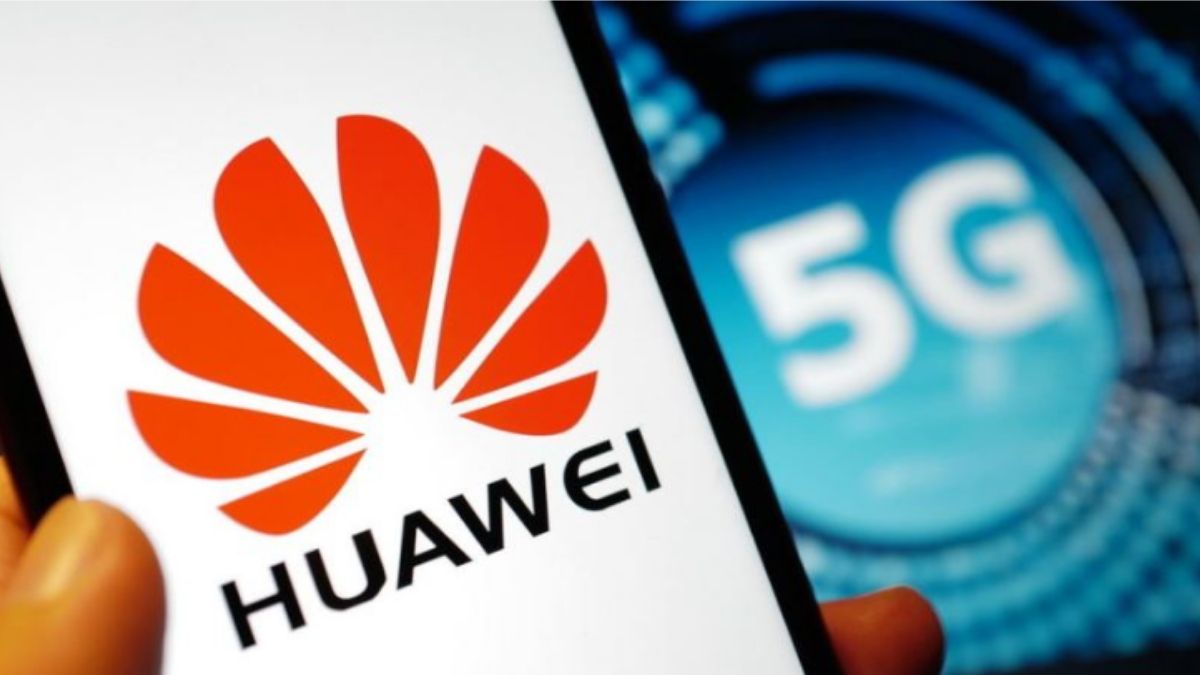
Huawei announced on Thursday (2/27/2020), it will spend more than 200 million pounds (approximately Rp. 3.6 trillion) to buy land and set up a new factory in France.
Reported by Zdnet , the plant will reportedly be used by Huawei to manufacture 4G and 5G equipment, especially for sales in the European market.
“As one of the most advanced manufacturing centers in the world, France has a mature industrial infrastructure and a pool of highly educated workers, and its geographical position is ideal for Huawei,” Huawei said.
The Chinese telecommunications giant said the facility would provide 500 jobs. This plant will also create products worth 1 billion pounds per year.
“This plant will add Huawei’s value chain in Europe, increasing the timeliness and reliability of Huawei delivery to European customers,” added Huawei.
News & Stories
Hurdles in 5G, CEO of Nokia Rajeev Suri Resigns
Rajeev Suri resigned from Nokia’s CEO after a series of disappointments related to 5G products and setbacks in China, Lightreading cited .

Rajeev Suri resigned from Nokia’s CEO after a series of disappointments related to 5G products and setbacks in China, Light reading cited.
Kati Pohjanpalo ( @pohjanka ), via tweeter, “Nokia is replacing CEO Rajeev Suri as it seeks to make up lost ground to Huawei and Ericsson in the race for 5G networks.”

His position will be replaced by Pekka Lundmark, President, and CEO of the energy company Fortum. The company announced the information in a statement today.
News of Rajeev Suri’s resignation follows reports that Nokia is considering various strategic options including the possibility of asset sales or mergers. Nevertheless, the information was completed by chairman Risto Siilasmaa during a press conference about Suri’s departure.
Reportedly, the share price lost more than a third last year and fell 5.5% in Helsinki on Friday.
Suri will not leave his role until August 31, according to Nokia’s statement and he will remain as a strategic adviser to Nokia’s board until January 2021.
He is remembered as the person who brought Nokia to take over $ 17.3 billion from rival Alcatel-Lucent. The big deal establishes Nokia as one of the three largest network equipment vendors in the world, along with Huawei China and Ericsson Sweden.




